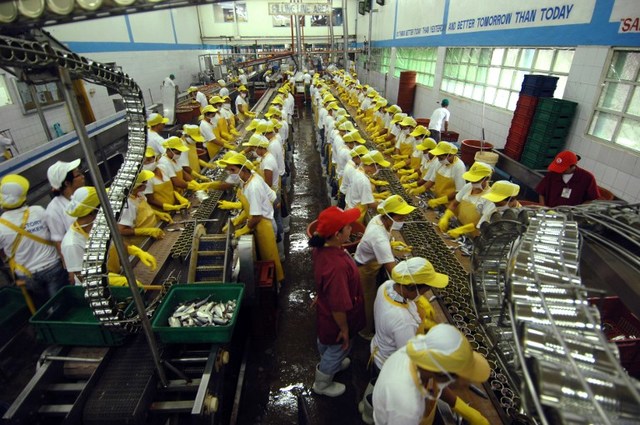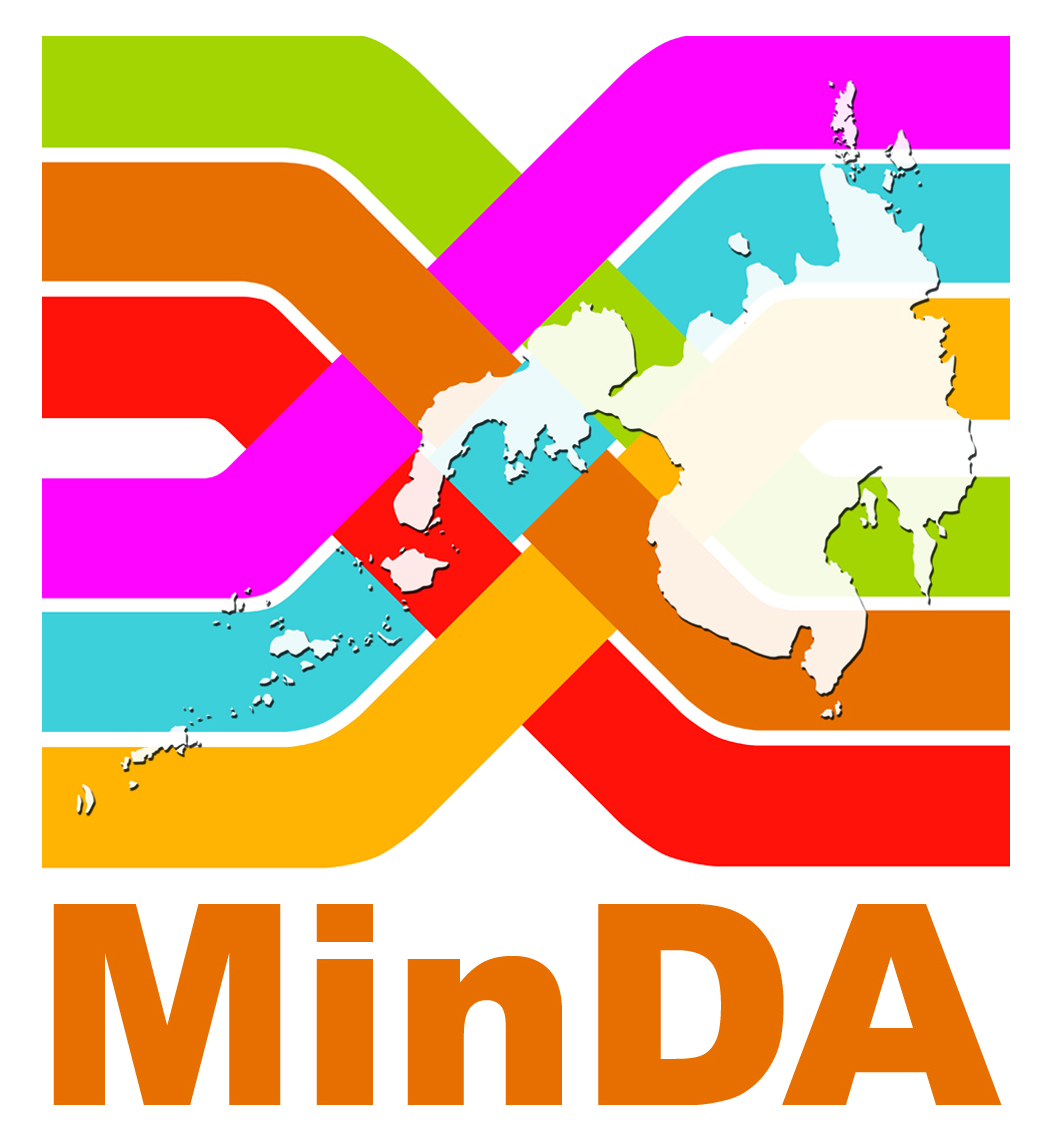Employment
Socioeconomic Issue in Spotlight

Employment plays a vital role in our society. It contributes to the economic growth and development of a country. In the Philippines, the number of jobs generated by the three main economic sectors—agriculture, industry, and services—varies, reflecting their uneven productivity levels.
Based on the 2020 Annual Preliminary Estimates of the Labor Force Survey conducted by the Philippine Statistics Authority (PSA) , the total number of persons in the labor force was estimated at 43.9 million.
Services remained the country’s biggest employer in 2020, accounting for 56.9 percent share. Agriculture contributed 24.8 percent to total employment. Industry still accounted for the lowest employment share at 18.3 percent of the total employed persons.
Good education increases the chances of good employment. Tutor et al. (2021) found that a positive college experience, in its multiple dimensions, is generally associated with better employability, a stronger sense of citizenship, less predisposition to political action, and better life satisfaction.
However, having a tertiary education does not guarantee a job with a decent wage (Balboa and Mantaring 2011). College graduates may find themselves unemployed due to a number of reasons, including not having enough jobs, the mismatch between the courses that students take and what employers need, and the lack of competitiveness of graduates due to substandard quality of education.
Improving education quality in the Philippines and making students ready for employment or entrepreneurship are among the objectives of the K to 12 program introduced in 2013 (SEAMEO INNOTECH 2016). However, despite the addition of two years in the basic education curriculum, studies show that the program is not meeting its objectives.
For instance, Orbeta et al. (2019) found that most human resource officers are reluctant to hire SHS graduates. Similarly, only a small percentage (a little over 20%) of SHS graduates enter the labor force as they are not confident that they will get a job after graduation. Those who have passed the National Certification assessments also believed that employers prefer college graduates. The results of a follow-up study by Orbeta and Potestad (2020) confirmed the small number of SHS graduates who enter the labor force.
Orbeta et al. (2019) and Orbeta and Potestad (2020) recommended intensifying information dissemination on K to 12 among employers to convince them to accept SHS graduates. They also called on the government to examine the effectiveness of the SHS curriculum’s work preparation component. Employers are also advised to design work immersion schemes that are aligned with SHS tracks or specializations and to provide longer competency-oriented work immersion for SHS students.
The COVID-19 pandemic largely affected the livelihood of millions of Filipinos. According to PSA in its 2020 Annual Preliminary Estimates of the Labor Force Survey, the unemployment rate in 2020 rose to 10.3 percent, equivalent to 4.5 million unemployed Filipinos, from 5.1 percent in 2019.
Neri (2020) noted that many Filipinos experienced unemployment and a reduction in their usual earnings. Businesses big and small were heavily affected by the prolonged lockdowns that led many to close down or operate at reduced capacity. There was also a significant reduction in consumption demand due to massive unemployment and income loss.
According to Abrigo et al. (2020) , the manufacturing sector and wholesale and retail trade are projected to suffer severely from the impacts of the COVID-19 pandemic. To mitigate the adverse effects on the economy, they suggested that the government limit the disruptions of economic activities. Furthermore, the national government must implement massive safety net programs to ensure that each household has access to food and other basic necessities. The government must also revitalize economic activities without endangering public safety and ensure that supply chains remain operational.
Moreover, Bangsal et al. (2020) recommended that the government intensify livelihood and credit programs for micro, small, and medium enterprises. They also underscored the impact of the pandemic on overseas Filipino workers (OFWs), many of whom were displaced and forced to return home with minimal to no savings to sustain their families.
Roldan (2020) noted that long-term solutions are needed to address the livelihood; healthcare, psychological support, and counseling; and legal assistance needs of displaced OFWs. She recommended setting up a dedicated hotline for OFWs; access to health insurance and educational assistance for their children; and reintegration support with well-coordinated initiatives from national agencies, migrant organizations, and local government units.
The Socioeconomic Research Portal for the Philippines (SERP-P) has a wealth of resources on employment in the Philippines in the context of education and the COVID-19 pandemic. Below are some of them:
- Innovating Governance: Building Resilience against the COVID-19 Pandemic and Other Risks
- The 4th Philippine Graduate Tracer Study: Examining Higher Education as a Pathway to Employment, Citizenship, and Life Satisfaction from the Learner’s Perspective
- Senior High School and the Labor Market: Perspectives of Grade 12 Students and Human Resource Officers
- On the Employability of the Senior High School Graduates: Evidence from the Labor Force Survey
- Economic Triple Shock: Assessment and Remedial Measures
- Projected Disease Transmission, Health System Requirements, and Macroeconomic Impacts of the Coronavirus Disease 2019 (COVID-19) in the Philippines
- Fiscal Roadmap to Economic Recovery
- Reintegrating Overseas Filipino Worker Amidst the COVID-19 Pandemic
- The Impact of the Global Financial Crisis on the Labor Market: The Case of the Philippines
For more studies, simply type “labor”, “employment”, and other related keywords in the Search box of the SERP-P website.
1 https://psa.gov.ph/statistics/survey/labor-and-employment/labor-force-survey/title/2020%20Annual%20Preliminary%20Estimates%20of%20Labor%20Force%20Survey%20%28LFS%29 (accessed on June 20, 2021)


